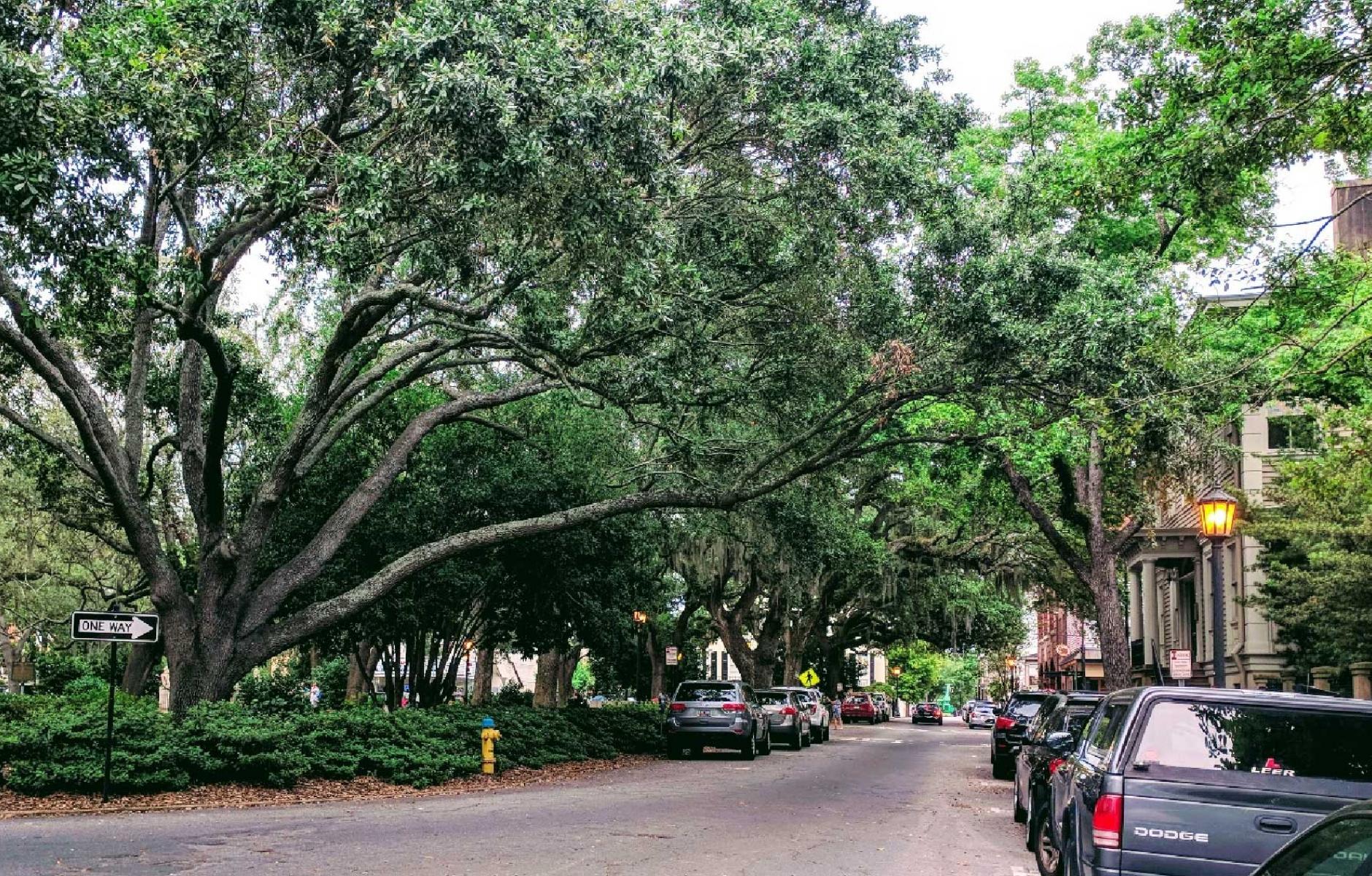
Learning from the past, planning for the future
During any CNU Congress, its impossible to hear all the information provided or meet all the people who attend. Over several months, Public Square is highlighting people and ideas that CNU 26.Savannah attendees may have missed.
The three hundred years of history were evident everywhere you looked. From the squares, to the architecture, to the seemingly ancient and timeless oak trees lining every street, Savannah was the perfect place for attendees of CNU 26 to consider the past while planning for the future of our urban places.
In particular, the New Urban Research session presented thought-provoking concepts that blended well with the lessons being taught by the streets of Savannah. While some speakers explored what made historic cities great, others looked to the future, ruminating on how emerging technologies will—or perhaps more importantly—how they shouldn’t impact our traditional urban designs. Speakers also focused on two topics that rank among Savannah’s greatest assets: transportation systems and architecture. All of this was accomplished while considering inequality, social justice, and climate resilience.
Here are some highlights from this year’s New Urban Research:
Speaking to a packed room, Dr. Wes Marshall from the University of Colorado Denver, kicked things off with a fascinating look at the future of transportation and how these changes may impact urbanism. While many speakers on this topic talk about how technology will fix most of our transportation problems, Wes went the opposite direction and emphasized just how far off we are from seeing almost all of the supposed benefits. He then took us on a stroll down memory lane in looking for historical precedence regarding how we changed our cities for the last great technological transportation innovation: the automobile. As many now acknowledge, the more cities tried to adapt to the automobile, the worse off they were. His takeaway was that good urbanism is and always will be the future of transportation. So instead of adapting our cities to accommodate new transportation technologies, we need to make these new technologies adapt to our cities.
Building upon this focus on the future, Dr. Mark David Major from Qatar University explored what characteristics have made cities of the past great, focusing specifically on characteristics related to staying power and resilience. Mark approached the problem by looking at some of the oldest, continually-inhabited cities in the world to better understand how and why they have endured as dynamic urban systems over thousands of years. He identified one common denominator: humanistic design.

Ujijji Davis, a landscape designer and urban planner at SmithGroupJJR in Detroit, took an equity perspective to building great places by focusing on how artists and creatives are being impacted by gentrification in Detroit. By contributing to the city’s vibrancy, culture, and economy, artists and creatives offer critical synergies to urban economies that provide integral assets to urban life, including economic opportunities, identity, and sense of community. Using the neighborhood of Milwaukee Junction as a case study neighborhood, Ujijji proposed a framework plan consisting of land use and policy recommendations that offer residential and economic opportunities for Detroit artists and creatives that supports their long-term presence in the area.
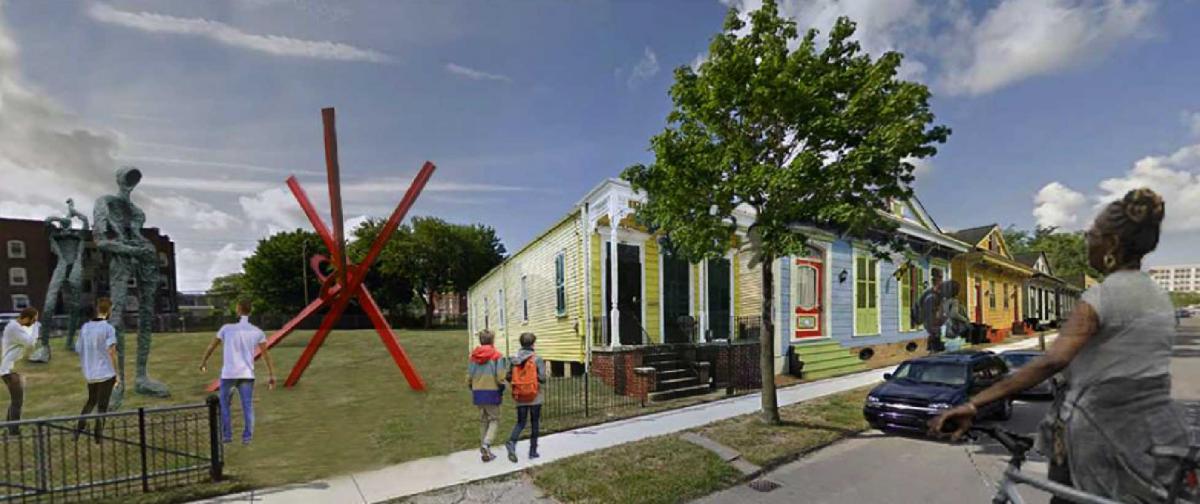
The conversation then shifted to architecture–with Neil Angus, an Environmental Planner with the Devens Enterprise Commission, Ann Sussman, an architect, university lecturer and biometric researcher, and Hanna Carr, a rising junior at Tufts University–using new techniques in brain and cognitive science to better understand and inform planners, engineers, and architects how people perceive and experience their surroundings. Along with lead author Justin Hollander, they used a biometric tool–3M’s Visual Attention Software (VAS)–to assess eye movement and the visual responses people have to buildings and streetscapes in a redeveloped former army base in central Massachusetts. The study demonstrated how significantly these hidden behaviors impact our experience of place, showing that specific architectural elements, including punched windows, red doors, and flags, consistently attract the eye while blank facades, such as garage doors, do not.
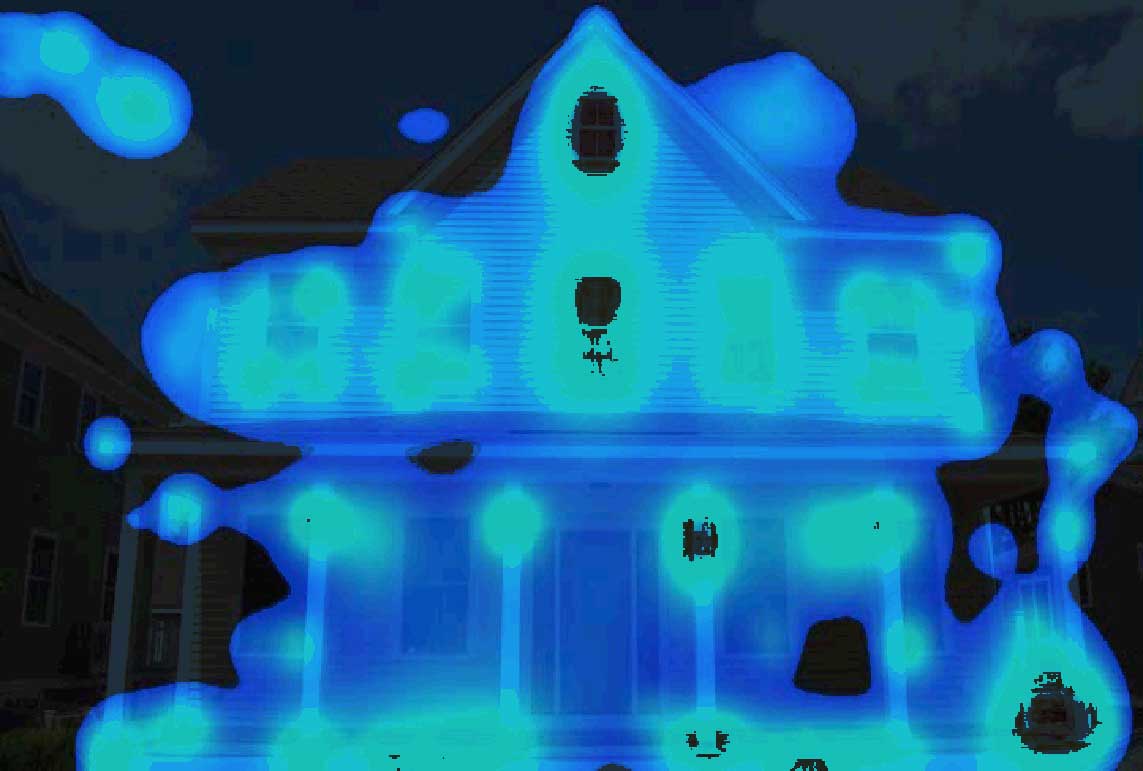
Parking has long been an important topic at CNU, and it proved to be a prominent part of the New Urban Research session as well. Ryan Archibald, a PhD student at the University of Colorado Denver, compared the parking supply of recent developments in the central business districts of Denver, with no parking minimums, to that of Seattle, which also has no parking minimums but a parking maximum as well. Ryan found that Denver is providing 32 percent more parking spaces than Seattle for comparable development, and that the parking maximum policy appears to be working in Seattle.
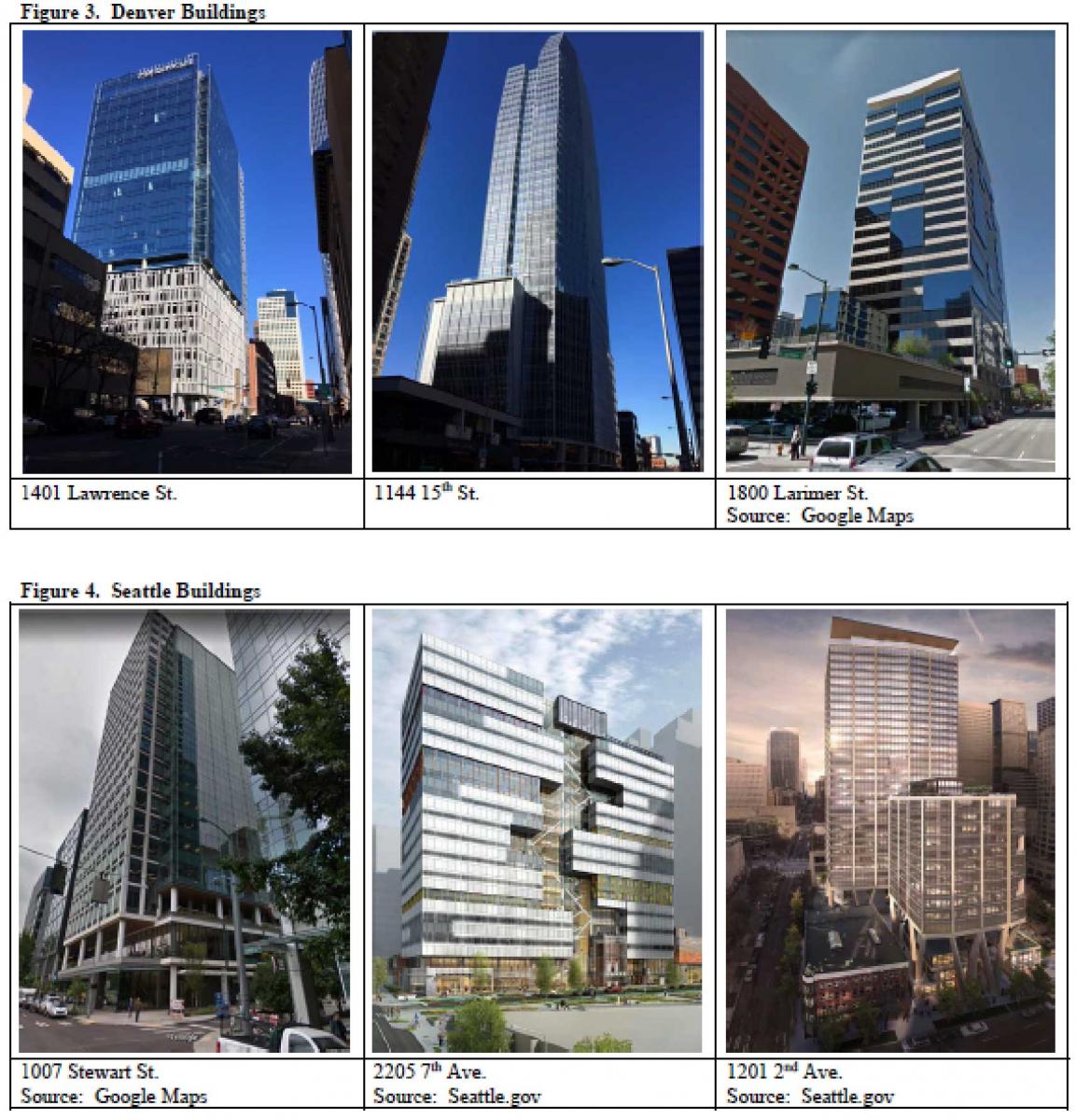
Finally, I explored neglected pedestrian and bicyclist safety issues in Denver—specifically focusing on which populations are being most impacted. Instead of responding to crashes, I looked at locations where trips are being suppressed because of safety issues–a proactive approach to traffic safety. These neglected traffic safety issues are widespread and that disadvantaged populations are being disproportionately impacted.
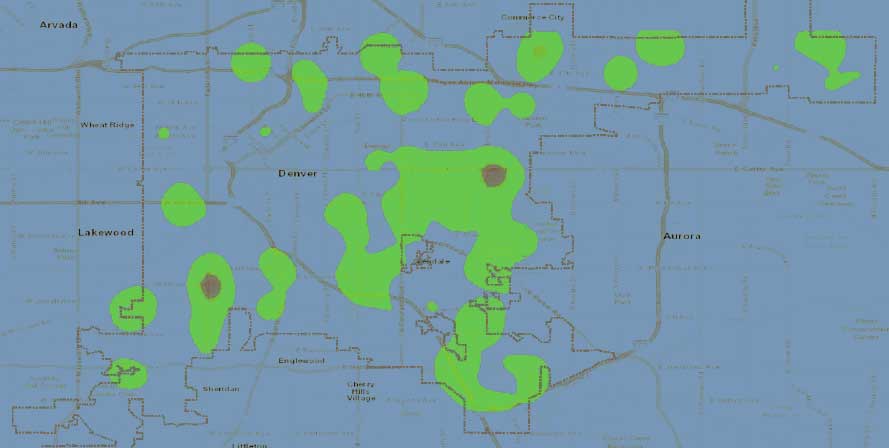
The research presented at CNU 26.Savannah was an exciting melding of the past and present and provided a cross-section of the topics that CNU encompasses. For the twelfth year, the New Urban Research session provided a stage to bring practice and research together and for professionals and academics to have a conversation about how to make places people love.
Please consider submitting a paper to next year’s call, and if you interested in being a peer reviewer, we would love to hear from you.




